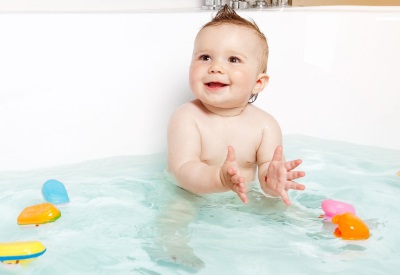Urine counting in children
Among urine tests that are prescribed to the childmay be bacteriological, the purpose of which is to detect bacteria in the urine of a child.
Indications
This analysis is prescribed to:
- Confirm urinary tract infection (most often, if in the general analysis leukocytes are found in excess).
- Determine which microorganism caused the infection.
- Find out which antibiotics will most effectively help her cure.
- Check if the prescribed drug is working.

Special features
A study that detects bacteria in the urine is quite long and strongly depends on the conditions of collection of the material. Properly collected urine is brought to the laboratory, where it is combined with the nutrient medium. After some time, colonies of bacteria appear on such an environment, which are counted.
How to collect the analysis?
The first morning urine is best for this study, since the concentration of microorganisms in it will be higher in the presence of infection.
The average portion is collected, that is, for the first couple of seconds, the child should urinate into the toilet, then into a sterile container, and finally - into the toilet again. It is important not to forget to thoroughly wash the genitals of the child so that the results of the analysis are reliable.
In newborns and babies, urine for sowing is collected using special polyethylene urinals. The urine collected from the child should be delivered to the laboratory no later than 2 hours after urination.
Special preparation for bacposev is not needed, but if the child is taking antibiotics, a doctor should be warned about this, who will decipher the analysis.
Normal values
Normally, only single bacteria from the urethra and genital organs can get into the urine of a child; therefore, the growth of microorganisms on a nutrient medium often does not give a urine sample. If less than 1000 bacteria are detected in 1 ml of urine, conclusions are drawn about improper collection. In this case, the analysis is also considered negative.
Causes of deviations
The appearance of bacteria in the urine is called bacteriuria. This is a sign of urinary tract infection characteristic of cystitis, urethritis or pyelonephritis.

What to do if the result is positive?
If more than 100 thousand bacteria are detected in 1 ml of urine (they are designated as COE), then the analysis is positive and may indicate the presence of infection. In this case, an additional analysis is carried out, which determines the sensitivity of microorganisms to different types of antibiotics. Based on such studies, the attending physician prescribes antibiotic therapy.
If the number of bacteria is more than 1000, but less than 100 thousand, the child will be assigned another analysis, since such a number of microorganisms can be both a sign of infection and the result of improper collection of material. Also, fewer bacteria can be associated with antibiotics.










